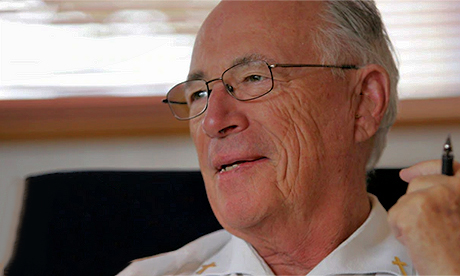In his own time people loved being in Jesus’ company, and sometimes spent days on end with him, even going hungry.
How they felt about him gives us a window on the kind of Person he was – and a window on how we would have felt if we had been there!
That’s why we need to look at him in the four gospels.
Down the centuries, and still today, people give their lives for him.
All that Jesus went through for our sakes reveals how greatly we are loved by God.
On Good Friday, evil wasn’t prevented from happening; instead it was turned against itself – used for its own defeat.
That is how God works through the evils and sufferings we experience: “For those who love God, all things work together for their good” (St Paul to the Romans 8:28).
When you think about it, one who can transform what happened on Good Friday into what happened on Easter Sunday is serious about ensuring life and love triumph over all our mess-ups, and all our sins, and death itself.
Imagine the joy He must have experienced on the morning of his resurrection.
That’s the joy He wants to share with us.
Before His death, He promised He would bring his disciples a peace which nothing in the world could give, and nothing take away.
His risen life is not bound by the limitations of time and space, and so his presence to us is real, our relationship with him is real, and our conversations with him are real.
“The mystery is Christ among you, your hope of glory” (St Paul to the Colossians 1:27).
“When the scriptures are proclaimed in the liturgy, Christ is speaking (present tense!) to his people” (Second Vatican Council; Liturgy 7).
He is still doing the things he always did – now using a kind of sign language (the sacraments) – healing, forgiving, giving hope and new life.
In the liturgy we allow ourselves to be absorbed by the mystery of Christ’s presence and what He is doing for us.
This is truly sacred time.
In fact, we move beyond time as it is measured by the movement of the planets; we move into another kind of time, namely the unfolding of that plan God had in mind from the beginning. (Ephesians 1:3-14).
It reached its high point in the life, death and resurrection of Jesus. Through the seasons, cycles, feasts and rituals of the liturgy we connect with those events. Awareness of God’s plan gives meaning to our lives.
For all of us, our becoming isn’t complete until God has made “the whole of creation new” (Revelation 21:1-5).
In the meantime, regardless of what can happen to any other aspect of our becoming, our relationship with the Risen Christ is always open, always nurturing, always there. Through union with him we are part of that new creation.
- +Peter Cullinane was the first bishop of the Diocese of Palmerston North. Now retired he continues to be a respected writer and leader of retreats and is still busy at local, national, and international levels. Here he shares his reflections on sciences and Christian faith. To conclude the introduction of this series he quotes Albert Einstein, “Science without religion is lame; religion without science is blind.”
- This is the tenth in a series of chapters from his letter to senior students
- Image: Manawatu Standard
News category: Analysis and Comment.




